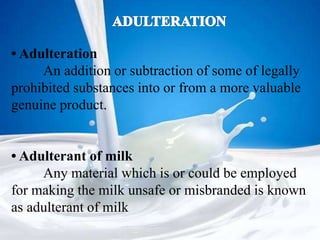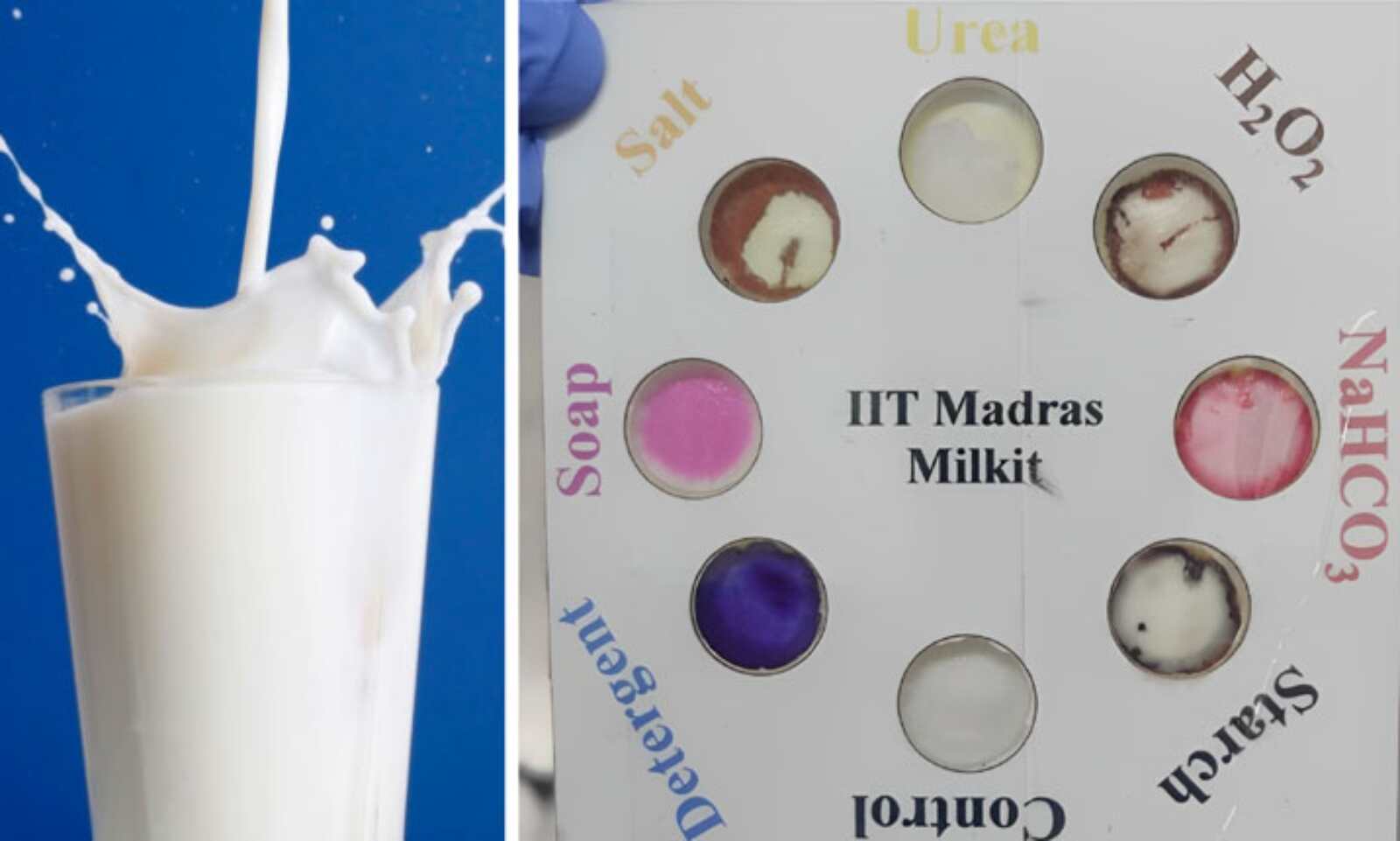In just 30 seconds, a cost-effective and portable 3D paper-based device developed by researchers at IIT Madras can detect milk adulteration. This device is unlike traditional laboratory-based methods and can be used at home with just one millilitre of the liquid sample needed for testing. The device is capable of identifying various commonly used adulterating agents, including but not limited to detergents, soap, hydrogen peroxide, urea, starch, salt, and sodium-hydrogen-carbonate.
Buy Prime Test Series for all Banking, SSC, Insurance & other exams

IIT Madras: Pocket-friendly device to detect adulteration in milk:
- Dr. Pallab Sinha Mahapatra, an Associate Professor in the Department of Mechanical Engineering at IIT Madras, along with Research Scholars Mr. Subhashis Patari and Dr. Priyankan Datta, led this research.
- The 3D paper-based microfluidic device comprises a middle layer with a sandwich structure, a top cover, and a bottom cover.
- This 3D design facilitates the consistent transportation of denser liquids at a steady pace.
- To prepare the device, the paper is treated with reagents and allowed to dry.
- Once dry, both paper layers are attached to both sides of the support, and the covers are then affixed using double-sided tape.
- The design employs Whatman filter paper grade 4, which enables the flow of liquid and can store more reagents.
Issues of the Milk Adulteration

- Although milk is a fundamental food item for maintaining a healthy lifestyle, it is one of the most commonly adulterated food items worldwide.
- The adulteration of milk is particularly concerning in developing countries like India, Pakistan, China, and Brazil.
- The consumption of adulterated milk can lead to various medical issues such as kidney problems, gastrointestinal complications, diarrhea, infant mortality, and even cancer.
You may also read this:
ISRO launches LVM3-M3/Oneweb India-2 Mission in Sriharikota




 Exploring Bondi Beach: Sun, Surf and Syd...
Exploring Bondi Beach: Sun, Surf and Syd...
 ISRO Projects Seven Launches Including U...
ISRO Projects Seven Launches Including U...







